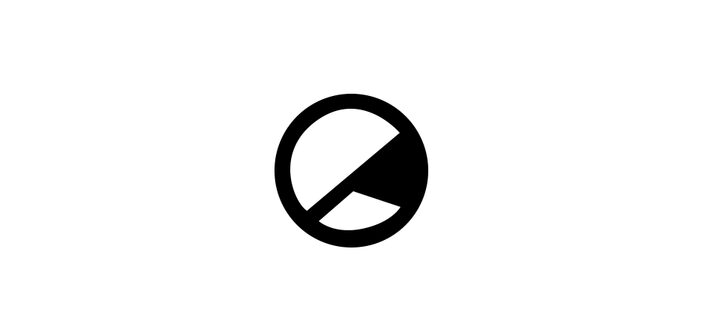Even though the film is extremely true to its source material, it still lacks a certain something.
-
6
In all honesty, I went into The Legend of Tarzan not thinking much of it. The main selling point for me was knowing that I’d have the opportunity to sit for two hours and stare at Alexander Skarsgård and Margot Robbie on an IMAX screen. Sure, I know what Tarzan is and the legacy surrounding it, but I grew up brainwashed with a Disney cartoon of a jungle full of singing, talking and dancing animals with a plethora of Phil Collins tunes to annoy my relatives with.
To my surprise, I enjoyed The Legend of Tarzan- thoroughly actually. It surpassed my expectations entirely. It’s not the sort of film you’d get hyped up for, but there were multiple times throughout the movie where I just couldn’t take my eyes off the screen. Visually, it’s extremely immersive; plot-wise, it varies.
The film takes place 10 years after Tarzan (Alexander Skarsgård) leaves the Congo. He now goes by his birth name – John Clayton III – as the last surviving Greystoke family member of the estate. He lives on the estate with his wife Jane Porter (Margot Robbie) whom he met back in the Congo whilst still living with his adopted ape mother Kala and brother Akut.
The Congo has changed drastically since the departure of Tarzan as a result of the Berlin Conference which has divided the Congo between Belgium and the United Kingdom. As a result of building infrastructure and a railroad through the jungle, the Belgian government has become bankrupt. King Leopold II of Belgium sends his representative Leon Rom (Christolph Waltz) to the jungle to obtain the mythical diamonds of Opar, which are protected by Chief Mbonga. Rom ends up being the only survivor of his expedition after the rest are massacred by Mbonga’s tribe, with Mbonga offering him the diamonds in exchange for Tarzan.
John is suspiciously invited to visit the Congo to report on the development of Boma by Belgium. Initially not wanting to go, an American representative of George Washington Williams (Samuel L. Jackson) persuades John to go back to his homeland, under the suspicion that the Belgians are actually enslaving Congolese inhabitants. John is hesitant to let Jane accompany him, due to the recent loss of their child, but as it is Jane’s home too, he eventually reconsiders.
From there John has to rediscover his roots and revert back to a more animalistic state of mind after coming to the realization that he had been invited under false pretenses after escaping from Rom’s initial capture. In turn, Jane is captured instead so that Rom can use her as bait to get to John, and recapture him for the diamonds.
As exhilarating as this all sounds, it turned out that it wasn’t the movie that I wanted to see. Throughout the film, we are shown flashbacks about how John became Tarzan. The familiar story of his origins is a narrative that the world knows extensively, but the way in which director David Yates portrays it is in a seemingly different way than what previous incarnations have done with it. There are so many flashbacks that they eventually become a reminder that it isn’t the film you’re watching, and that it’s the film you’d rather see than the one you’re stuck with.
There was far more development plot-wise within these flashbacks than in the film itself. Tarzan’s origins, his relationship with the apes, and how he became an enemy to Chief Mbonga – an aspect that you don’t learn fully until the end of the movie.
There’s also the performance of Christoph Waltz. By this point, he’s become a caricature of himself. His scenes went on for far too long; they take you far from the action for sometimes meaningless filler. He is typecast so deeply within the sadistic, calm-spoken villain that we’ve seen in films like Inglorious Bastards and Spectre that it doesn’t add anything to the character he is portraying.
Plot-wise, the film didn’t do it for me. But visually… wow. It was surprisingly beautiful. Films these days are so full of CGI that it doesn’t feel real anymore, but here I don’t know what the production team behind the CGI did. They made it feel so real. There were two parts where it looked abhorrently fake, but the rest was spectacular. The deep focus of the ants on the tree in the foreground, the rain drops falling on the camera and the dust spots in the middle of the jungle; this is probably more emphasized by seeing this on an IMAX screen rather than in 2D, but the majesty of it is there regardless. Watching John interact with the animals, especially the lions, and the significance of said interaction was beautiful to watch. You forget that the animals are CGI in these moments.
Overall, Skarsgård, Robbie and Jackson fit their roles incredibly well and were a pleasure to watch. They all shared a believable chemistry with each other, and Jackson provided a much needed laugh now and again with John. As I stated before, The Legend of Tarzan would have served itself better if it were a sequel to the origins of the legend himself.
The Legend of Tarzan, directed by David Yates, is distributed by Warner Bros, certificate 12A.




